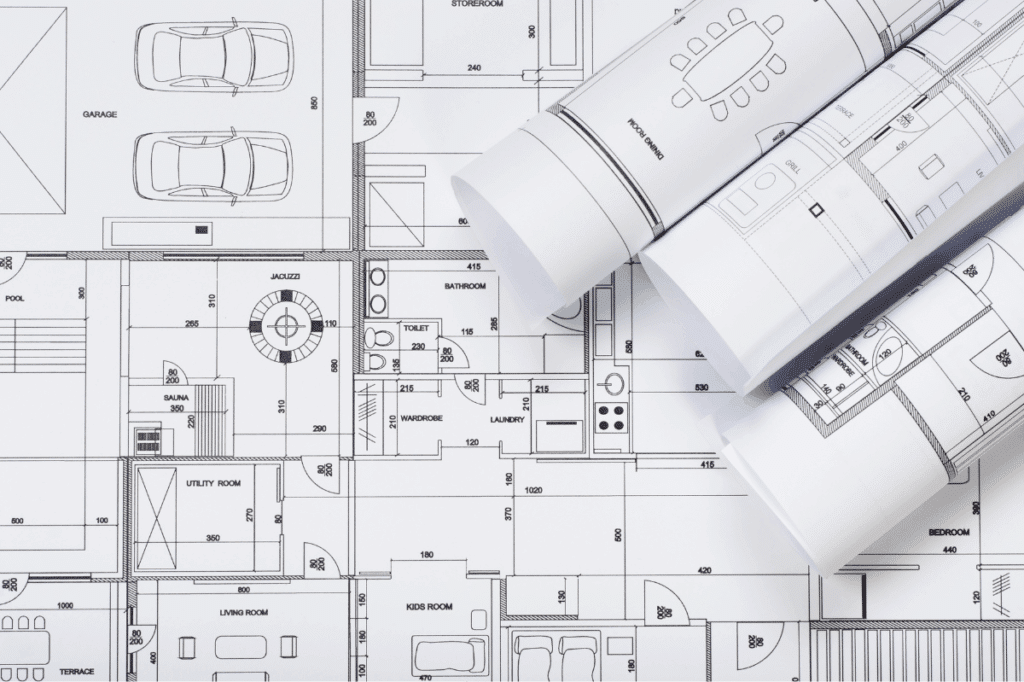This article discusses the pros and cons of setting lot boundaries and why WA developers use internal surface boundaries in multi-tiered strata schemes.
Question: What are the advantages and disadvantages to a developer of defining lot boundaries by internal surfaces?
What are the pros and cons of setting lot boundaries at either the internal or external surfaces of the building? For example, with external boundaries, the building itself forms part of the lot. How does this distinction affect single-tier adjoining lots in a small group of around 16 lots? Are there specific reasons a strata developer might choose one boundary definition over the other?
Answer: It is common practice for multi-tiered development to have internal surfaces as the lot boundary
It is common practice, as per the Strata Titles Act 1985, for any multi-tiered development to have internal surfaces as the lot boundary. This is due to an internal boundary definition that places structural components like floors, walls, and ceilings as common property, which allows the strata company and owners joint responsibility in owning and maintaining the building’s key fabric and external structures, especially in a mult-tiered scheme where these key structures overlap and support each other.
In contrast, for single-tier schemes, the primary advantage of an external boundary definition in the strata plan is that it can offer greater autonomy and flexibility to lot owners, allowing them more control over their own land and a responsibility to maintain, potentially leading to lower strata fees since common property is minimised or non-existent.
Developers will generally follow the above format, unless the Act does not allow them to. In Western Australia, prior to the amendments made to the Strata Titles Act in 1997, individual lot boundaries in a strata scheme typically extended only to the inner surfaces of walls, floors, and ceilings, not to the external surfaces, even though the scheme was single-tiered. Legislation changes in 1997 meant that from this period, lot owners could own the external surfaces (roofs/ walls). Many developers and single-tier strata schemes chose this option. Additionally, in 1997, for some single-tier schemes (where no part of a lot is above or below another), the lot boundaries were extended to include the external surfaces of buildings in small lots. Still, this change was not automatic for all existing schemes and had to be triggered by an objection or resolution.
Jamie Horner Empire Estate Agents E: JHorner@empireestateagents.com P: (08) 9262 0400
This post appears in Strata News #765.
Have a question or something to add to the article? Leave a comment below.
Read next:- WA: Q&A Common Property and Strata Repairs – Who is responsible?
- WA: Q&A Contributing to Common Property in Your Strata Building
- WA: Q&A Unit Renovations, Improvements and External Appearance of the Lot
Visit our Maintenance and Common Property OR Strata Information WA.
Looking for strata information concerning your state? For state-specific strata information, take a look here.
After a free PDF of this article? Log into your existing LookUpStrata Account to download the printable file. Not a member? Simple – join for free on our Registration page.
